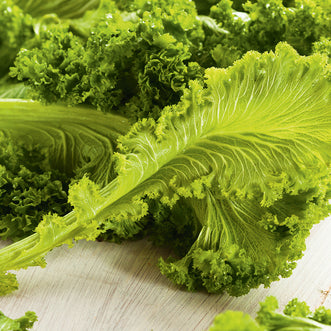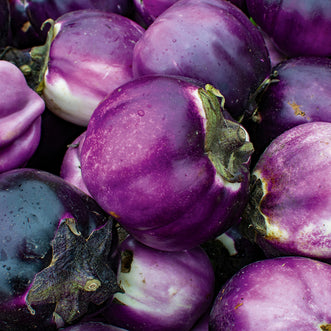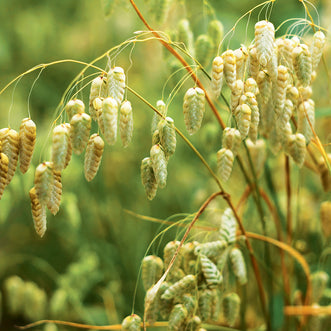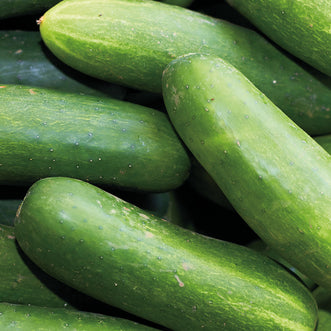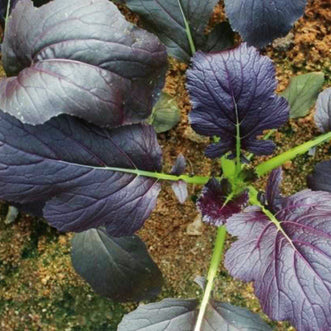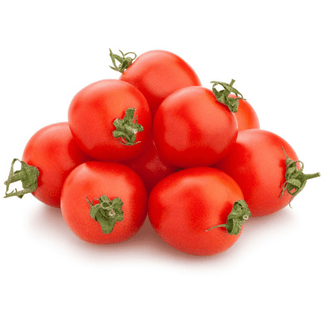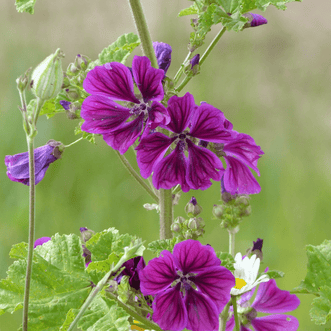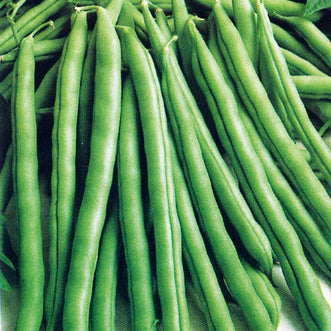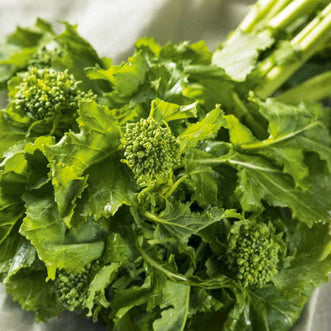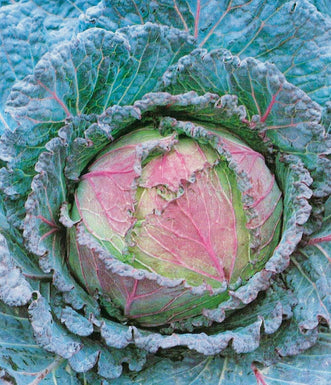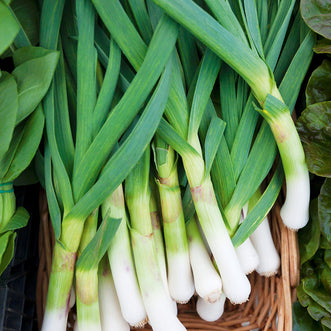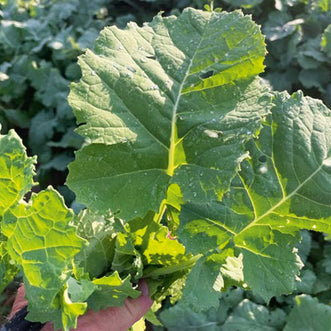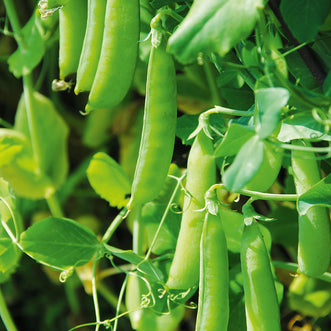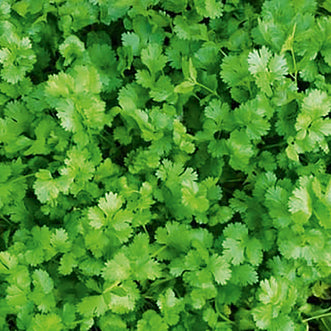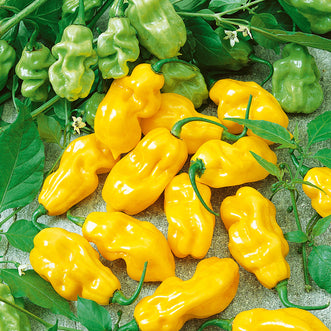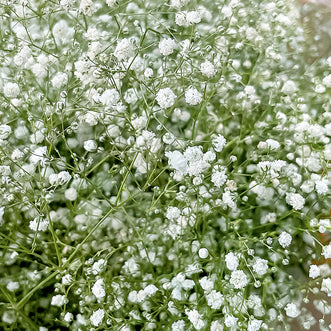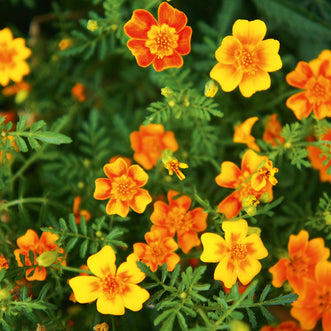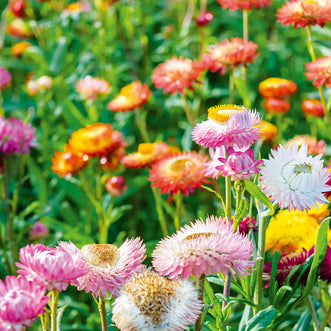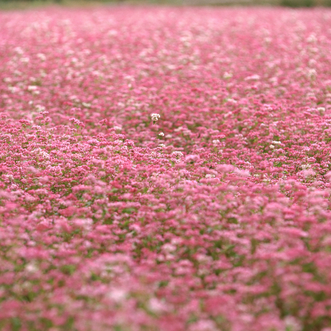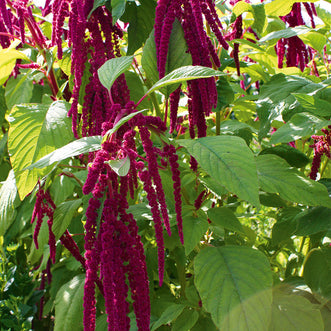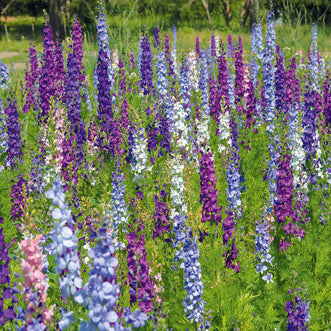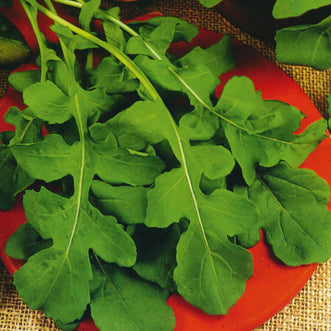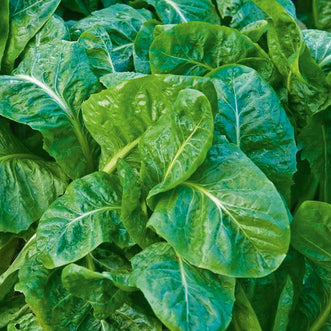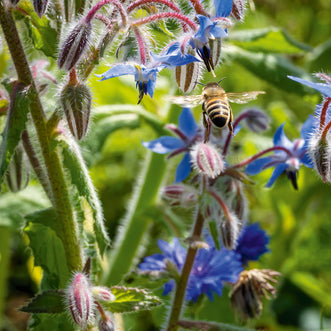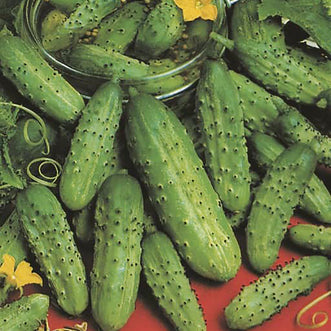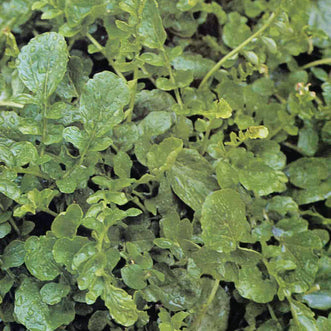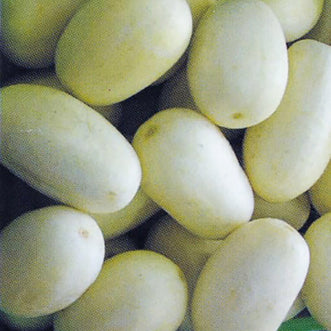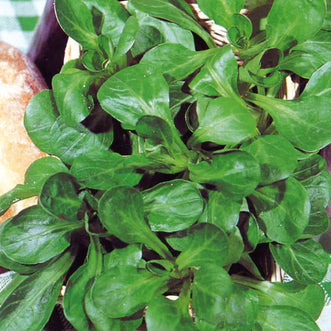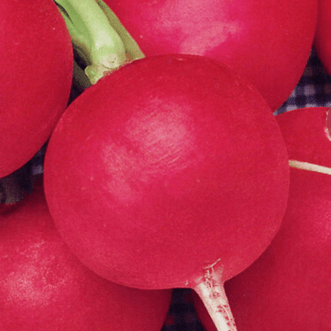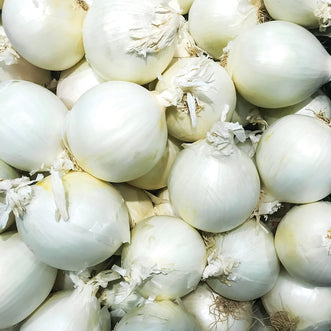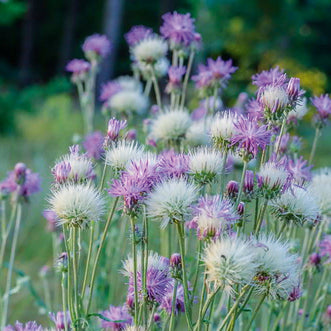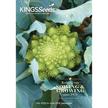Growing Beans for Drying
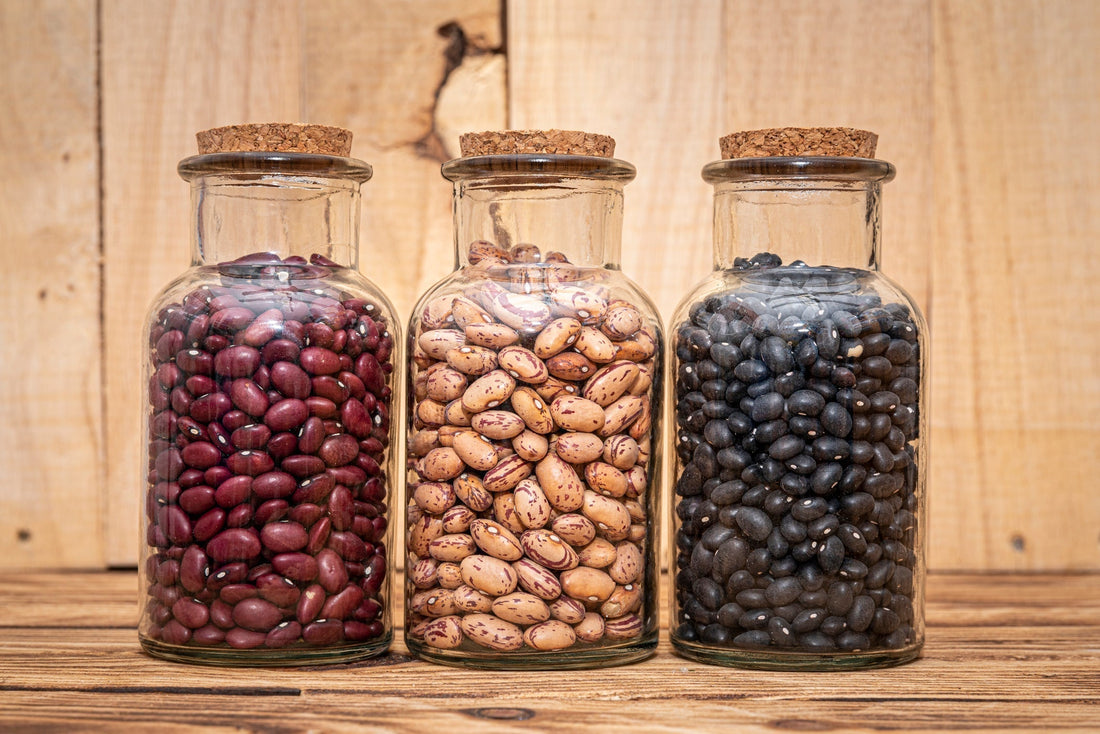
Earthy, nourishing, and incredibly satisfying to grow, they've been a pantry go-to for generations, and for good reason: beans! Once you've tasted your own homegrown batch in a winter stew or summer salad, you'll never want to reach for the supermarket version again.
Here in New Zealand, more and more backyard growers are finding joy in growing beans not just for picking fresh, but for drying and storing. And yes, it's easier than you might think.
Let's walk through what you'll need to know to grow, harvest and dry your own beans, right here in your New Zealand garden.
Types of Dried Beans: What Varieties to Use
There's a beautiful variety of beans suited for drying, and each brings something special to the table. Some heirloom bringing the wisdom and some new on the block bringing convenience. At Kings Seeds, we've carefully chosen varieties that thrive across New Zealand's planting zones, from Northland's subtropics to Canterbury's cooler crispy gardens.
Here are a few favourites you could start with:
-
Borlotti Beans – Creamy with red streaks, a rich nutty flavour, and eye-catching in any dish.
-
Adzuki Beans – Loved in Asian recipes, small and red with a sweet flavour. They thrive in warmer regions.
-
Cannellini Beans – Big on comfort food. These white beans are perfect in soups, casseroles and Italian fare.
-
Black Beans – Hearty, creamy and full of fibre. Brilliant for burritos and stews.
-
Red Kidney Beans – A classic for chilli, burgers and bold-flavoured meals.
Looking for the best bean seeds NZ gardeners can grow and store? You'll find all these and more in our NZ seed bean collection, carefully selected, packed and ready to sow.

When to Pick Beans for Drying
Drying beans takes a bit more patience than picking them young, but you'll be rewarded with a pantry full of protein-packed goodness.
Here's what to look for:
-
Leave the pods on the plant until they feel dry, papery and brittle.
-
Give one a shake — if you hear that lovely rattle inside, you're nearly there.
In New Zealand, most drying happens through late summer into early autumn. Keep an eye on the weather; dry weeks are best. If rain or an early frost is coming, pick the pods and finish drying them indoors in a warm, airy spot.
How to Dry Beans: Step-by-Step
This part is surprisingly low-fuss; just a little daily attention goes a long way.
-
Pick your beans once the pods are papery and brown.
-
Shell them (a relaxing job for a quiet evening).
-
Spread the beans out in a single layer on a tray or mesh screen.
-
Stir daily to let air circulate.
-
Check: bite one (or cut it carefully), it should be rock-hard.
-
Store in airtight jars in a cool, dark cupboard/pantry.
If you're unsure they're fully dry, freeze a small batch overnight to zap any lingering pests before long-term storage. This is called 'Freezer Treatment' and if worth investigating for very long term storage.
Tips for Specific Varieties
How to Dry Borlotti Beans
Borlottis are a favourite for good reason, they're beautiful, generous producers and simple to dry. Wait for the pods to fade into cream with pink streaks. Leave them to crisp up, then shell and air dry indoors for a couple of weeks.
How to Grow Adzuki Beans
These little beans love the heat. Wait until the risk of frost has passed, then sow directly into free-draining soil in a sunny spot. Support helps with airflow, though it's not essential. Harvest when pods rattle. They're a small bean with big potential.
How to Grow Black Beans
Black Beans have been a drying favourite for many years. Plant them in well-drained, compost-enriched soil once the weather’s reliably warm, around 16°C or higher in late spring. Keep them evenly watered through flowering and pod set. They’re productive, low-fuss and perfect for all gardens.
How to Use Dried Beans
Here's where all your effort pays off.
First things first, soak your beans overnight (8–12 hours). This cuts cooking time and makes them gentler on digestion. Drain, rinse and simmer for 45 minutes to an hour, depending on variety.
Try using your dried beans in:
-
Hearty stews and soups
-
Chilli, nachos and bean burgers
-
Fresh summer salads
-
Hummus-style spreads and dips
-
Casseroles and slow-cooked meals
Pro tip: Cook up a big batch and freeze portions for quick weeknight meals with a big protein punch.

Growing Beans for Drying in New Zealand
Here's where good planning matters. The sweet spot for when to plant beans NZ-wide is from late October through early December, once your soil has warmed up and the frosts are long gone.
Some extra tips:
-
Beans companion plants include corn, which provides natural support for climbers while the beans return nitrogen to the soil. Also known as intercropping.
-
Wondering "Should I soak bean seeds before planting?" Soaking overnight can help speed up germination, but be careful not to overdo it. A short soak is plenty.
-
How to support beans: For climbers like red kidney or black beans, use teepees, trellises or netting. Bush types like adzuki and borlotti don't need much help standing tall.
One of the best companion combos? Planting corn, pumpkin and beans together is a space-saving method that mirrors traditional growing techniques and keeps your garden soil healthy. Could also be called "The Three Sisters Method" of growing.
FAQ: Growing Beans for Drying
1. Do all beans need support?
Nope! Bush types like borlotti grow independently. Climbers appreciate trellising.
2. How long do beans take to grow for drying?
Roughly 90–110 days, depending on variety and region.
3. Can I grow dried beans in pots?
Absolutely. Use deep containers and keep up the watering.
4. Are beans frost-hardy?
Not at all. Wait until all frost risk has passed before sowing.
5. What's the best way to store dried beans?
Fully dry them, store in an airtight container and keep cool.
6. How long do dried beans last?
Properly dried and stored beans can last 1–2 years, sometimes longer. Check for signs of moisture or pests before use.
7. How many types of dry beans are there?
Dozens! From black beans and borlotti to adzuki all ranges of colour and taste - Kings Seeds offers a wide range suited to NZ conditions.
8. Can you dry beans after you pick them?
Yes - if pods are nearly mature but wet weather is coming, pick and finish drying the beans indoors in a warm, airy spot.
Ready to Grow Your Own Beans for Drying?
There's a deep kind of joy that comes from growing something from scratch, especially when it ends up feeding your family for months to come.
Whether you're filling your shelves or filling your plate, dried beans are one of the most rewarding crops a home gardener can grow.
At Kings Seeds, we're proud to offer the best bean seeds NZ growers can buy, along with helpful advice to get you started. Explore our full range of NZ seeds , including favourites like borlotti, cannellino, black bean and more.
So, are you ready to sow, dry and store your own bean bounty?
Let's grow together. 🌱

